By Elizabeth Gierlowski-Kordesch
Argentina Blog, Oct. 2, 2014
After finishing up the short course at the University of Buenos Aires, it was time to fly westward to Mendoza, which is situated at the foot of the Andes on the other side of Argentina. Here is the hometown of Dr. Cecilia Benavente, my Fulbright hostess, and the base of operations for our work on lake sediments preserved in Triassic rocks.
Flying within Argentina is not as rigorous as flying within the United States. No one made me take off my shoes, and I could carry a bottle of water through security to the plane. Security mainly involved the X-raying of our bags in the airport in Buenos Aires and then again as we deplaned in Mendoza. It is still a puzzle to me what illegal material I could have picked up on the plane flight! Anyway, we arrived safely in lovely Mendoza. The area is famous for wine production with vineyards surrounding the city, even though it is semi-arid in climate. In addition, various kinds of fruit trees and olive trees are grown.
Water for agriculture is mostly from irrigation with sources in the Andes; this semi- arid climate is great for preventing the growth of fungi on the grape plants and for eliminating a vast array of insects that could harm the plants. This photo of a large vineyard shows the scale of wine production in the area. The best part is all the cheap but great wine available everywhere here. They are especially famous for their Malbec wine. Trying not to drink wine with every meal!
I am staying at an “apartment hotel” (Montañes Azules—Blue Mountains) next to this park just to the north of the center of the city. My room has a small kitchen along with a nice patio—a very comfortable place to stay for the final four weeks of my stay here. Not much time to enjoy the sites of the city for now.
We have come to Mendoza to first attend the International Paleontological Congress, organized by Cecilia’s colleagues and other Argentine paleontologists. I have a poster to display at one of the open sessions during the week-long meeting and Cecilia and I have organized a workshop on lakes and faunas where we will give talks. There are also talks to attend and posters to view all week. And, on the middle day of the congress (Wednesday), there are field trips to geologic sites of interest combined with visits to vineyards! The name of my field trip is “A Triassic History of the Cuyana Basin: Geology, Fossils, Fuels, and Wine.” This trip will be the topic of my next blog!
Outside of Mendoza toward the Andes, the desert-like conditions can be seen (where no watering takes place!). Rare trees occur. This road goes to the pass where General St. Martin took troops on his way to help free Chile in January 1817, after freeing Argentina from the Spanish. With nothing else out here, the roads are very straight and narrow! Please ignore the dirty windshield!
The lower part of the road up to the pass was lined with Early Paleozoic sedimentary rocks. The layering of the rocks is pretty obvious here all the way up the hills! On the way back from the mountain pass, we passed a horse cart showing the clash of modern and classic transportation in the poorer sections of town. Time to get ready for the “Paleo Congress”!


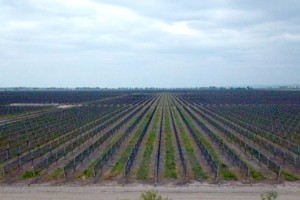
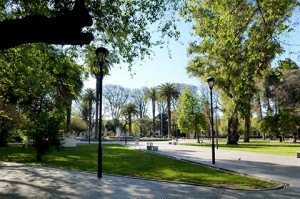
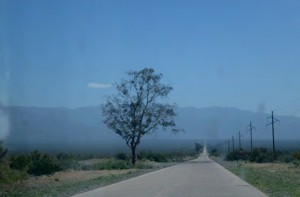
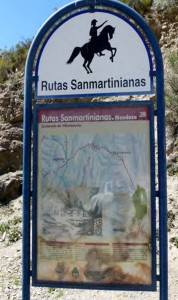
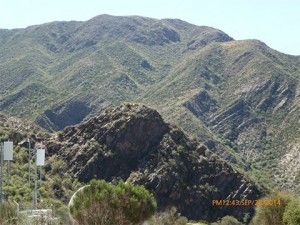
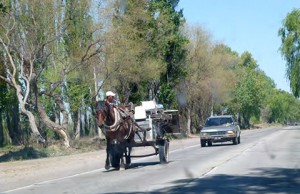

















Comments